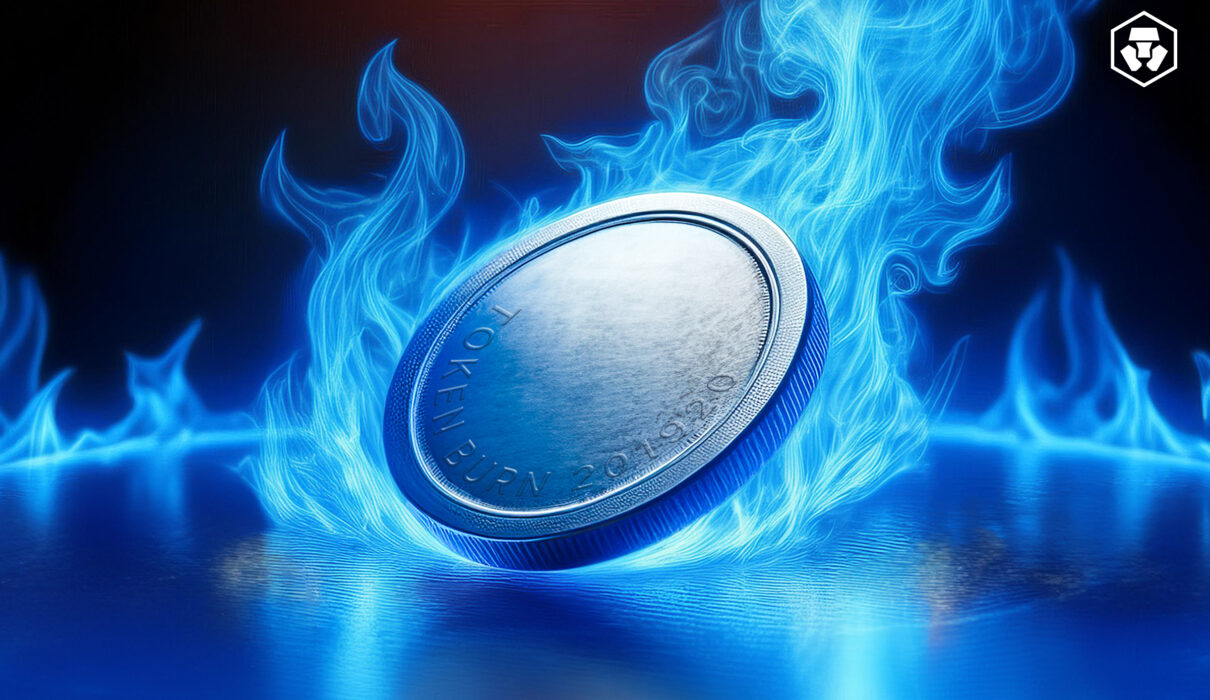Token Burning: Reducing Supply for Scarcity
If you’ve been exploring the crypto space, you might have come across terms like “burning tokens” or “supply reduction.”
Imagine taking a pile of physical money and throwing it into a furnace, never to be seen again. In the digital world of cryptocurrencies, token burning is the equivalent. It’s the process of permanently removing a certain number of tokens from circulation, making them inaccessible and unusable forever.
How Does Token Burning Work?
Tokens are “burned” by sending them to a specialized, unspendable wallet address known as a burn address or null address.
- This address has no private key, meaning no one can ever access or spend the tokens sent there.
- Once tokens hit this address, they are gone from the supply definitively.
Why Do Projects Burn Tokens?
Token burning is a deflationary strategy that projects use for several reasons:
- Increase Scarcity and Value: By burning tokens, the project reduces the total supply. If demand stays the same or rises, token value tends to increase.
- Inflation Control: Burning offsets inflation from new token issuance, keeping prices steady or even reducing supply over time.
- Price Stability: Regular burns can signal commitment from the project team, fostering confidence in stable pricing.
- Treasury Management & Buybacks: Some projects burn tokens that were never distributed or tokens repurchased with project income.
Examples of Token Burning in the Real World
Binance Coin (BNB)
- Mechanism: Binance burns BNB each quarter, destroying 20% of their profits until 100 million BNB (half the supply) is gone.
- Why: Reduces BNB supply, supports value growth, and reflects Binance’s performance.
Ethereum (ETH) – EIP-1559
- Mechanism: A portion of Ethereum’s transaction fees is burned instead of all going to miners.
- Why: Introduced in August 2021, this makes fees predictable and reduces ETH issuance. At peak demand, ETH can even become deflationary.
Shiba Inu (SHIB)
- Mechanism: SHIB community burns tokens through NFTs, games, and burn sites.
- Why: To cut down its enormous supply and increase scarcity-driven value.
Terra Classic (LUNC)
- Mechanism: After the 2022 crash, the community introduced a 1.2% tax burn on all transactions.
- Why: Aimed at stabilizing supply and reviving token worth after the crisis.
Conclusion
Token burning is a strategic tool for managing a crypto project’s token system. It helps control supply, influence value, and demonstrate project goals.
However, while burning creates scarcity, it does not guarantee price increases. Market demand, utility, and broader economic conditions remain key factors in token valuation.

